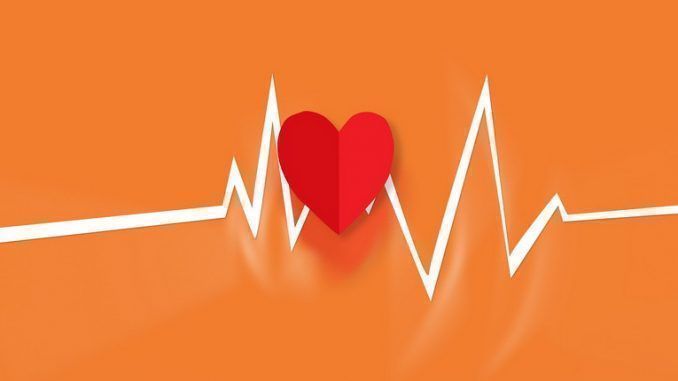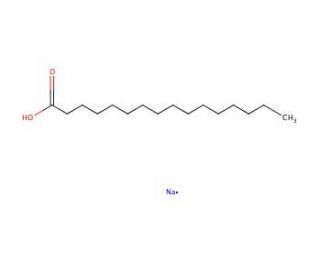Lab-grown heart, steps forward for making an artificial heart
A step toward a lab-grown heart valve that grows with the patient made by Swiss researchers with German and Dutch colleagues. Valves tested on sheep were custom-made through computer simulations. Artificial heart valves do not grow, posing a problem particularly for infants suffering from heart malformations.
To avoid repeated operations, Simon Hoerstrup, of the University of Zurich (UZH), has designed a natural implant that develops with the baby. With his team at the Wyss Center for Translational Medicine in Zurich, he has developed a technique of “Tissue Engineering” based on harvesting stem cells from the fetus.
Cultured heart, it is possible?
These are grown in the laboratory to form a heart valve that can be implanted in the newborn and develop with him or her. The harvested stem cells are subsequently “seeded” onto a polymer support that gives the shape of the valve and that resorbs as the cells grow in the bioreactor. This regenerative valve, designed with the’help of computer simulations, has now been tested on sheep by Hoerstrup with colleagues from the Technical University of Eindhoven (NL) and the Charité University Hospital in Berlin. “One of the biggest challenges of complex implants like heart valves is that each patient has different regeneration potential and that there is no one-size-fits-all solution,” Hoerstrup explains.
Computer simulations
The assistance of computer simulations, reports Giovanni D’Agata president of the “Sportello dei
Rights,” makes it possible to develop “tailor-made” valves as well as to predict and anticipate in a way
individual their evolution and possibility of success, according to these papers published in the journal
Science Translational Medicine. This result on large mammals represents a milestone
important before human testing.Currently, at the University Children’s Hospital in Zurich, he is in
Preparing a clinical study of children suffering from heart malformation.
But before the valve to be tested will be a simple laboratory-produced blood vessel
according to the same procedure. In Europe, about 300 infants receive a blood vessel each year
artificial due to malformations. These, in synthetic matters such as artificial heart valves do not
grow and therefore present problems. After blood vessels, heart valves could be at
them to be tested within two to three years.


